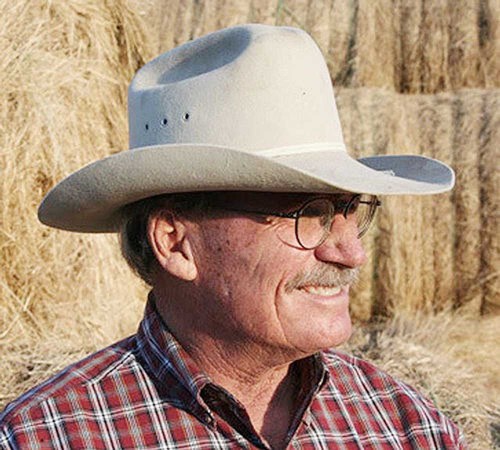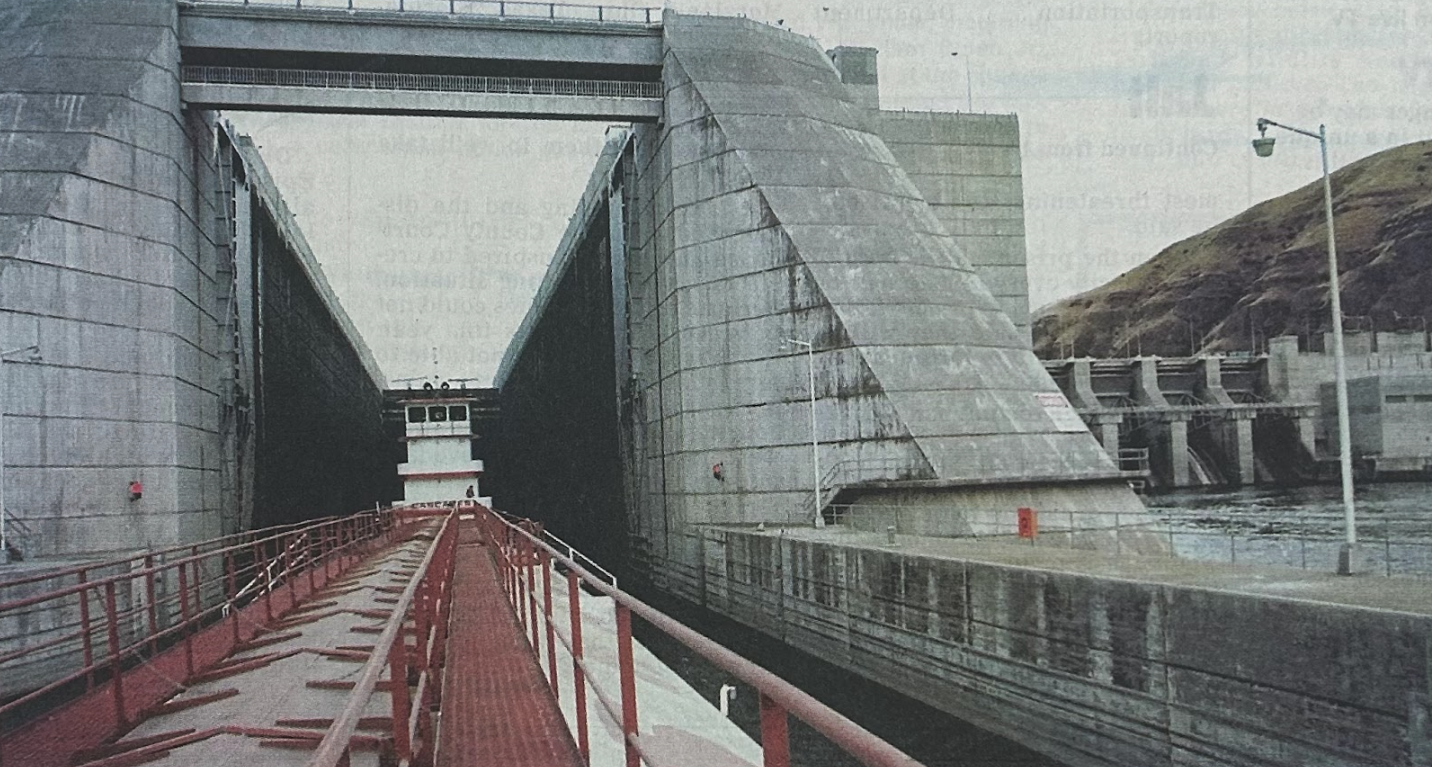Commentary: Animal ag feeds people, generates ecosystem benefits
Published 12:08 pm Tuesday, April 28, 2020

- Pat O'Toole
Sustainability is the key to addressing the effects of climate change. What does this mean? In the big picture, it means that people living on the planet must somehow adapt as our niche in the ecosystem changes. Specifically, actions must be taken in order to care for the natural resources upon which we depend, and ensure a livable planet. In livestock jargon, we must not go beyond the “carrying capacity.”
The challenges brought forth by the COVID-19 pandemic have exposed our vulnerabilities, and offer us opportunities as well. The large drop in air pollution resulting from significantly curbed transportation and manufacturing sectors generating fewer emissions shows us that our environment immediately responds to change. We cannot do without the transportation and manufacturing sectors, though we can learn and adapt. So, we must look at changes that can be made as a practical matter.
We cannot now calculate the yet-to-be determined costs and consequences of the coronavirus pandemic. The effects beyond the human cost are showing us the absolute importance of agriculture. The break-down of the supply chain around the world and even in the United States demonstrates just how vulnerable we are to food shortages, even though most food production experts agree that it is possible to raise enough food to feed the world. Of course, this does not take into account the inevitable disruptions brought about by wars and natural disasters, which are becoming increasingly related to climate change.
This brings us to resiliency, defined by Merriam Webster as “the capacity to recover quickly from difficulties; toughness.” In the complicated dance that is food production, processing, transportation, marketing and ultimately consumption, the steps are many. If one breaks down, food does not reach the consumer, whether that person lives in an African village or a Manhattan high-rise. In the developed world, the supply chain has narrowed, largely in the name of economy and efficiency. This is proving to be a weak link — one of several.
The underpinning to all agricultural production is profitability for the farmer, rancher or other food producer. While most agriculturalists love what they do, they must make a living in order to grow food and other ag products. Profit is key to all links in the supply chain. But without basic production, there is no further processing, and ultimately no resiliency to feed the world’s population.
It should go without saying that this production must be “sustainable.” Interestingly, Oxford gives two definitions for “sustainable,” and both are relevant. First, “able to be maintained at a certain rate or level;” and second, “to be able to be upheld or defended.”
To sustain our niche on this planet, we must achieve both definitions of sustainable. Otherwise, it won’t be — sustainable that is. This brings us to the role of animal agriculture in achieving both feeding people, and in finding that balance between livestock husbandry and ecosystem benefits. Livestock producers, with their animal associates, are uniquely capable of providing food — high-quality protein — especially from the world’s grazing lands. Proper grazing returns carbon to the soil, sequestering it from the atmosphere and the oceans. Grazing animals evolved for a reason, and managed grazing optimizes this natural process.
In the United States, 50% of sheep and 40% of Western cattle spend time grazing on public (government-owned) land. In other parts of the world, from llamas in Peru to goats in the Himalayas to cattle in Africa, grazing is absolutely part of this life cycle. It provides a tremendous tool to aid in the quest for a healthier climate. The stewardship of working lands by pastoralists allows these lands to be maintained as cohesive, bio-diverse and productive landscapes. All segments of the livestock production cycle are interdependent. Balance is essential.
Grazing by ruminants is the first step of what can be a long journey, but it is an essential piece of providing food while providing both resiliency and sustainability.









